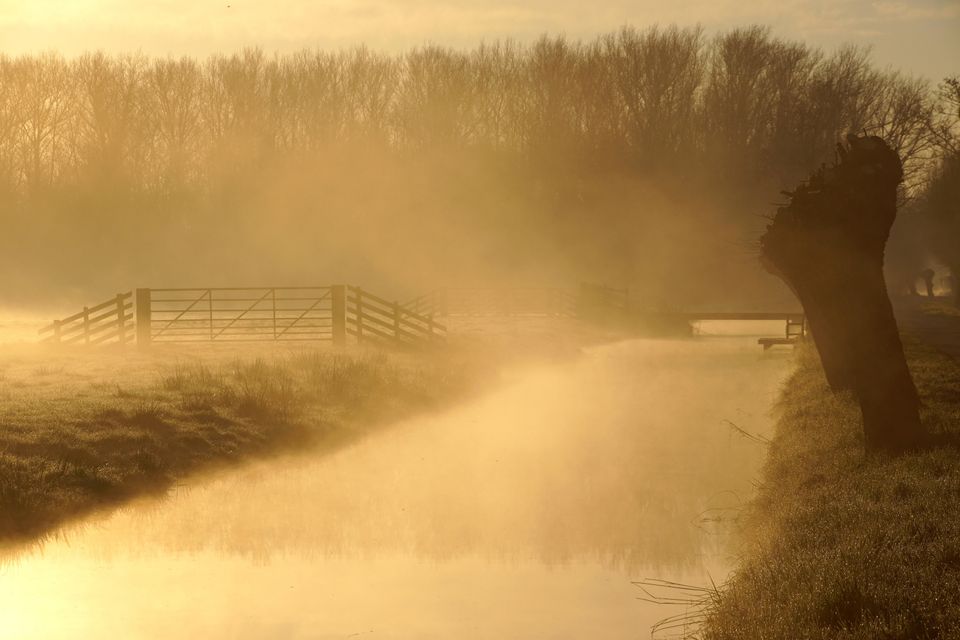
Between the 11th and 13th Centuries, the peat bog between the Lek and the Linge was made accessible and dried out thanks to the cope reclamati…
Between the 11th and 13th Centuries, the peat bog between the Lek and the Linge was made accessible and dried out thanks to the cope reclamations. However, some parts, such as the Bolgaria polder, were so low-lying that there were constant problems with drainage. The cold rising groundwater and wet soil meant that grass and other crops were unable to thrive, making the land unsuitable or hardly usable for agriculture. To be able to use the soil, these marshy areas were planted with willows: commercial forests with willow and later also poplar trees. The forests were divided into two types of willow: cut willow that was harvested once or twice a year and pollarded willow that was harvested once every 3 to 4 years. Baskets were braided from the cut willow and the pollarded willow was used in hoops for barrels, tools and shoring. The residual material was processed into fascine mattresses for the dikes.
The Vianen forest and the Bolgarian forest consist of willow and poplar with sections of deciduous forest. The Vianen forest was the hunting forest of the Brederode family, while the Bolgarian forest was originally a commercial forest. The name Bolgaria comes from the Middle Ages and is derived from Bulgaria, which was then viewed as an exotic region. The name was probably taken from literary references or the stories of the Knights of the Cross.
Further reading: Cope reclamation, The Hofpoort, Amaliastein, De Biezen pumping station.
